Table of content
Introduction
Seabuckthorn jam, derived from the berries of the seabuckthorn plant (Hippophae rhamnoides), is a nutritious and delicious spread that offers a myriad of health benefits. Rich in vitamins, minerals, antioxidants, and essential fatty acids, seabuckthorn jam is a cherished delicacy across various cultures. However, preserving seabuckthorn jam to retain its freshness, flavor, and nutritional value can be challenging. This comprehensive guide will provide you with detailed insights on how to preserve seabuckthorn jam effectively, ensuring that you can enjoy its benefits for an extended period.
Understanding Seabuckthorn Berries
Before diving into the preservation methods, it’s crucial to understand the unique properties of seabuckthorn berries. These berries are known for their vibrant orange-red hue, which stems from their high content of beta-carotene and other carotenoids. They also contain vitamins C and E, omega-3 and omega-6 fatty acids, and various minerals such as potassium, calcium, and magnesium. Seabuckthorn berries have a tart and slightly sour taste, which makes them ideal for making jam.

Importance of Preservation
Proper preservation of seabuckthorn jam is essential to prevent spoilage caused by microorganisms, such as bacteria, yeast, and molds. Spoilage not only alters the taste and texture of the jam but also reduces its nutritional value and can pose health risks. Effective preservation techniques extend the shelf life of seabuckthorn jam, allowing you to enjoy its unique flavor and health benefits for months or even years.
Basic Principles of Preservation
The basic principles of preserving seabuckthorn jam involve controlling the factors that promote microbial growth: moisture, temperature, oxygen exposure, and pH level. Here’s a closer look at each principle:
-
Moisture Control: Microorganisms need moisture to thrive. Reducing the moisture content of seabuckthorn jam through cooking and adding sugar or pectin helps create an environment unfavorable for microbial growth.
-
Temperature Regulation: Low temperatures slow down microbial activity. Storing seabuckthorn jam in a cool, dark place or refrigerating it can significantly extend its shelf life.

-
Oxygen Exclusion: Oxygen can support the growth of aerobic microorganisms. Sealing seabuckthorn jam in airtight containers helps exclude oxygen, thereby reducing the risk of spoilage.
-
pH Adjustment: Seabuckthorn berries have a relatively low pH, which is inherently protective against microbial growth. However, further lowering the pH by adding acidic ingredients like lemon juice can enhance preservation.
Preservation Methods
Several methods can be employed to preserve seabuckthorn jam, each with its own set of advantages and considerations. Here are some of the most effective techniques:
Canning
Canning seabuckthorn jam involves processing it in a hot water bath or a pressure canner to destroy microorganisms and create a sterile environment. This method extends the shelf life of the jam to one to two years when stored in a cool, dark place.
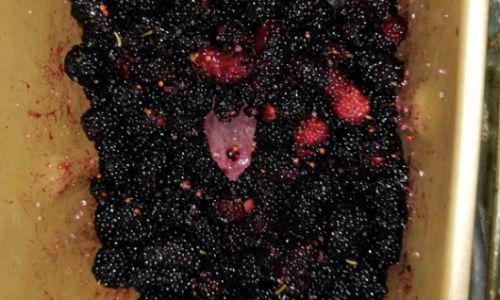
Steps for Canning Seabuckthorn Jam:
- Preparation: Wash and sterilize the canning jars, lids, and rings. Prepare the seabuckthorn berries by washing them thoroughly and removing any stems or leaves.
- Cooking: Combine the seabuckthorn berries with sugar (usually in a 1:1 ratio) and a small amount of water or lemon juice in a large pot. Cook over medium heat, stirring frequently, until the mixture reaches the desired consistency.
- Jarring: Ladle the hot jam into the prepared jars, leaving headspace according to canning guidelines. Wipe the jar rims clean to remove any jam residue.
- Sealing: Place the lids and rings on the jars and tighten them securely.
- Processing: Submerge the jars in a hot water bath or pressure canner, following the manufacturer’s instructions for the size and type of jars being used.
- Cooling: Remove the jars from the canner and allow them to cool completely. Check for proper sealing by pressing the center of each lid; it should not flex up and down.
Refrigeration
Refrigeration is a simple and effective method for preserving seabuckthorn jam, although it has a shorter shelf life compared to canning. Properly stored in an airtight container in the refrigerator, seabuckthorn jam can last for several months.
Steps for Refrigerating Seabuckthorn Jam:
- Preparation: Prepare the seabuckthorn berries and cook them with sugar and lemon juice to make the jam.
- Cooling: Allow the jam to cool slightly but not completely set.
- Storage: Pour the jam into clean, airtight containers, leaving a small amount of headspace to prevent the lid from bulging. Seal the containers tightly and place them in the refrigerator.
Freezing
Freezing seabuckthorn jam is another excellent preservation method, especially for those who prefer not to use canning equipment or have limited refrigerator space. Frozen jam can last for up to a year if stored properly.
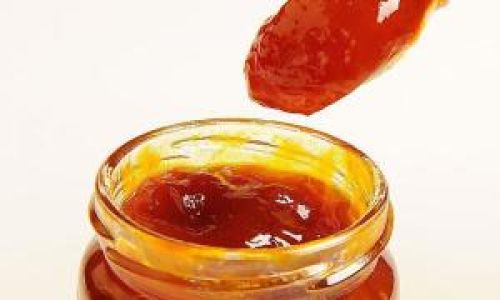
Steps for Freezing Seabuckthorn Jam:
- Preparation: Prepare the seabuckthorn jam as usual.
- Cooling: Allow the jam to cool completely.
- Portioning: Pour the jam into freezer-safe containers or ice cube trays. Smaller portions make it easier to thaw and use as needed.
- Labeling: Label the containers with the date and contents.
- Freezing: Place the containers in the freezer, ensuring they are level to prevent leakage.
Drying
While drying is not traditionally used for jam preservation, it can be an interesting alternative for creating seabuckthorn fruit leather or dried fruit pieces. Dried seabuckthorn products have a concentrated flavor and an extended shelf life when stored in an airtight container in a cool, dark place.
Steps for Drying Seabuckthorn Berries:
- Preparation: Wash and pat the seabuckthorn berries dry. Remove any stems or leaves.
- Drying: Spread the berries in a single layer on a drying rack or tray. Use a food dehydrator if available, following the manufacturer’s instructions. Alternatively, you can dry the berries in a low oven (around 150°F or 65°C) for several hours, stirring occasionally.
- Storing: Once the berries are fully dried, store them in an airtight container.
Vacuum Packing
Vacuum packing seabuckthorn jam removes oxygen from the packaging, creating an anaerobic environment that inhibits microbial growth. This method can extend the shelf life of the jam, especially when combined with refrigeration or freezing.
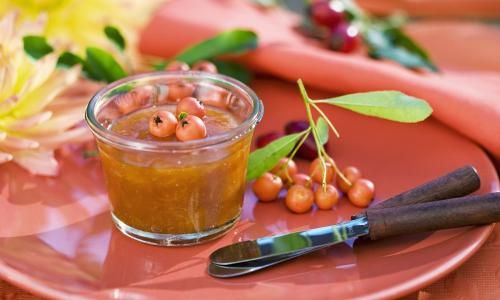
Steps for Vacuum Packing Seabuckthorn Jam:
- Preparation: Prepare the seabuckthorn jam as usual.
- Cooling: Allow the jam to cool completely.
- Portioning: Pour the jam into vacuum-seal bags in desired portions.
- Sealing: Use a vacuum sealer to remove the air from the bags and seal them tightly.
- Storing: Store the vacuum-packed bags in the refrigerator or freezer.
Conclusion
Preserving seabuckthorn jam requires careful attention to detail and an understanding of the principles of food preservation. By choosing the right method—whether it’s canning, refrigeration, freezing, drying, or vacuum packing—you can ensure that your seabuckthorn jam remains fresh, flavorful, and nutritious for an extended period. With these preservation techniques, you can enjoy the unique benefits of seabuckthorn berries throughout the year, adding a burst of color and health to your daily meals.
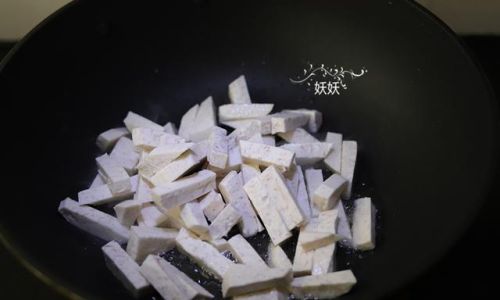
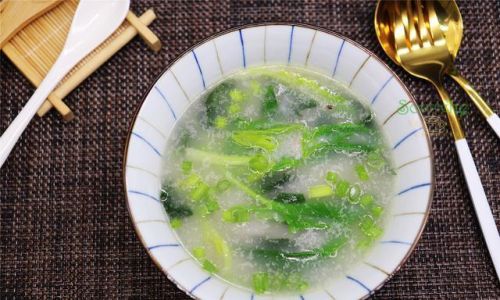
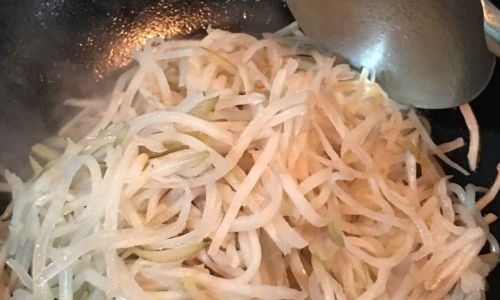
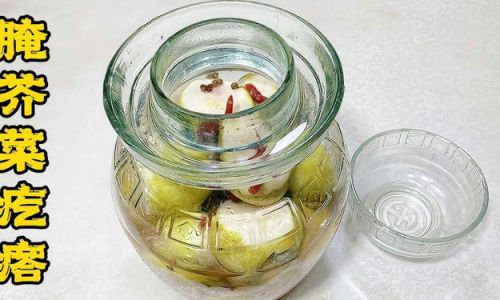
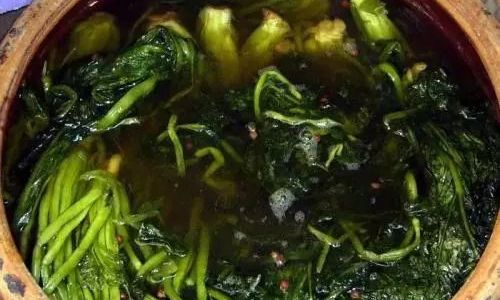
0 comments